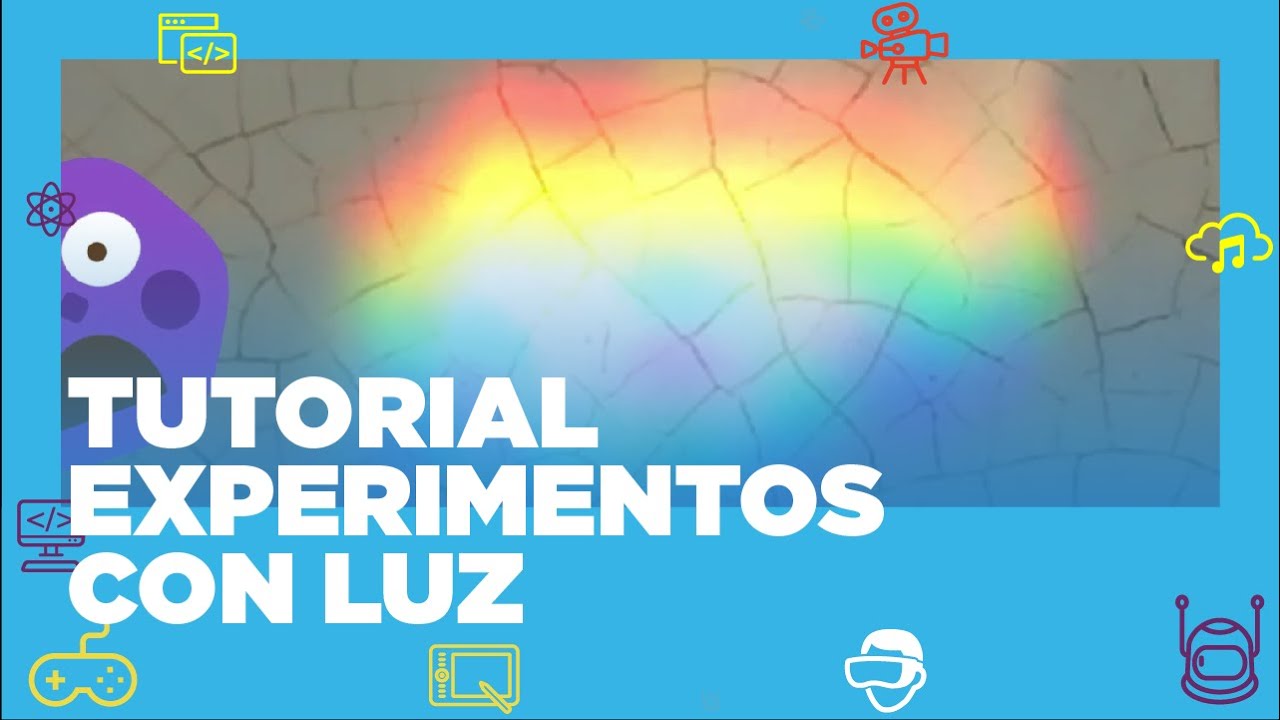¿Qué es un ARCOÍRIS? 🌈 Cómo se forma y tipos de ARCO ÍRIS
Summary
TLDRThis video explains the fascinating formation of rainbows, a natural phenomenon caused by the reflection and refraction of sunlight in raindrops. It describes how sunlight splits into various colors, creating the rainbow's distinct arc shape. The video also explores rarer types of rainbows, such as the lunar rainbow, which occurs at night due to moonlight refracting in rain or mist, and the double rainbow, caused by two internal reflections in raindrops. It highlights the conditions required to see a full or double rainbow and the importance of perspective, such as being at a high altitude.
Takeaways
- 🌈 A rainbow is formed through the reflection and refraction of sunlight in water droplets, often created by rain.
- ☀️ Sunlight is separated into different colors when it passes through water droplets, behaving like tiny prisms.
- 🌦️ For a rainbow to form, there needs to be rain, sunlight, and the light must enter the droplets at a specific angle.
- 🌞 The rainbow appears as an arc, but its true shape is circular, which is only visible from elevated positions.
- 🎨 The seven colors of the rainbow are red, orange, yellow, green, blue, indigo, and violet, with violet on the inside and red on the outside.
- 🌕 A lunar rainbow (or moonbow) exists when sunlight is refracted through rain or mist at night, creating a similar effect to a regular rainbow.
- ✈️ A complete rainbow can be seen more clearly when observed from a higher point, like from an airplane or helicopter.
- 🌈 A double rainbow occurs when light undergoes two reflections inside the water droplets, creating a second, fainter arc.
- 🌧️ Double rainbows are less common and form when sunlight hits the lower part of water droplets, creating two reflections.
- 🌟 The phenomenon of a double rainbow is sometimes called an 'arc un daño.'
Q & A
What causes a rainbow to form in the sky?
-A rainbow forms when sunlight is refracted and reflected inside water droplets, which act like tiny prisms, separating white light into its component colors.
Why does a rainbow appear in the shape of an arc?
-The rainbow appears as an arc because the full circular shape is obstructed by the ground. If you were at a high altitude, such as in an airplane, you could see the complete circle.
What are the seven colors of a rainbow?
-The seven colors of a rainbow are red, orange, yellow, green, blue, indigo, and violet, with violet on the inner edge and red on the outer edge.
Can a rainbow form at night, and if so, what is it called?
-Yes, a rainbow can form at night, and it is called a lunar rainbow or moonbow. It occurs when moonlight refracts through water droplets from rain or mist during the night.
How does a double rainbow form?
-A double rainbow forms when light undergoes two reflections inside a water droplet, resulting in two arcs. The second, fainter rainbow appears outside the first one and has its colors in reverse order.
What conditions are necessary for a rainbow to form?
-For a rainbow to form, there must be rain, sunlight, and the light must pass through the water droplets at a specific angle.
Why do we typically see only one arc of the rainbow?
-We usually see only one arc because the ground obstructs the full circular formation of the rainbow. The second arc, in case of a double rainbow, is less visible and positioned outside the first one.
What role do water droplets play in the formation of a rainbow?
-Water droplets act as prisms, refracting and reflecting light. The light is separated into different colors as it passes through and reflects off the inside surface of the droplet.
What is the main difference between a regular rainbow and a lunar rainbow?
-The main difference is that a regular rainbow forms during the day using sunlight, while a lunar rainbow forms at night using moonlight. Lunar rainbows are typically dimmer due to the lower intensity of moonlight.
How does the angle of sunlight affect the appearance of a rainbow?
-The angle of the sunlight is crucial because it determines the specific angle at which the light refracts and reflects inside the droplets. This angle is responsible for the separation of colors and the formation of the rainbow.
Outlines

Dieser Bereich ist nur für Premium-Benutzer verfügbar. Bitte führen Sie ein Upgrade durch, um auf diesen Abschnitt zuzugreifen.
Upgrade durchführenMindmap

Dieser Bereich ist nur für Premium-Benutzer verfügbar. Bitte führen Sie ein Upgrade durch, um auf diesen Abschnitt zuzugreifen.
Upgrade durchführenKeywords

Dieser Bereich ist nur für Premium-Benutzer verfügbar. Bitte führen Sie ein Upgrade durch, um auf diesen Abschnitt zuzugreifen.
Upgrade durchführenHighlights

Dieser Bereich ist nur für Premium-Benutzer verfügbar. Bitte führen Sie ein Upgrade durch, um auf diesen Abschnitt zuzugreifen.
Upgrade durchführenTranscripts

Dieser Bereich ist nur für Premium-Benutzer verfügbar. Bitte führen Sie ein Upgrade durch, um auf diesen Abschnitt zuzugreifen.
Upgrade durchführen5.0 / 5 (0 votes)






